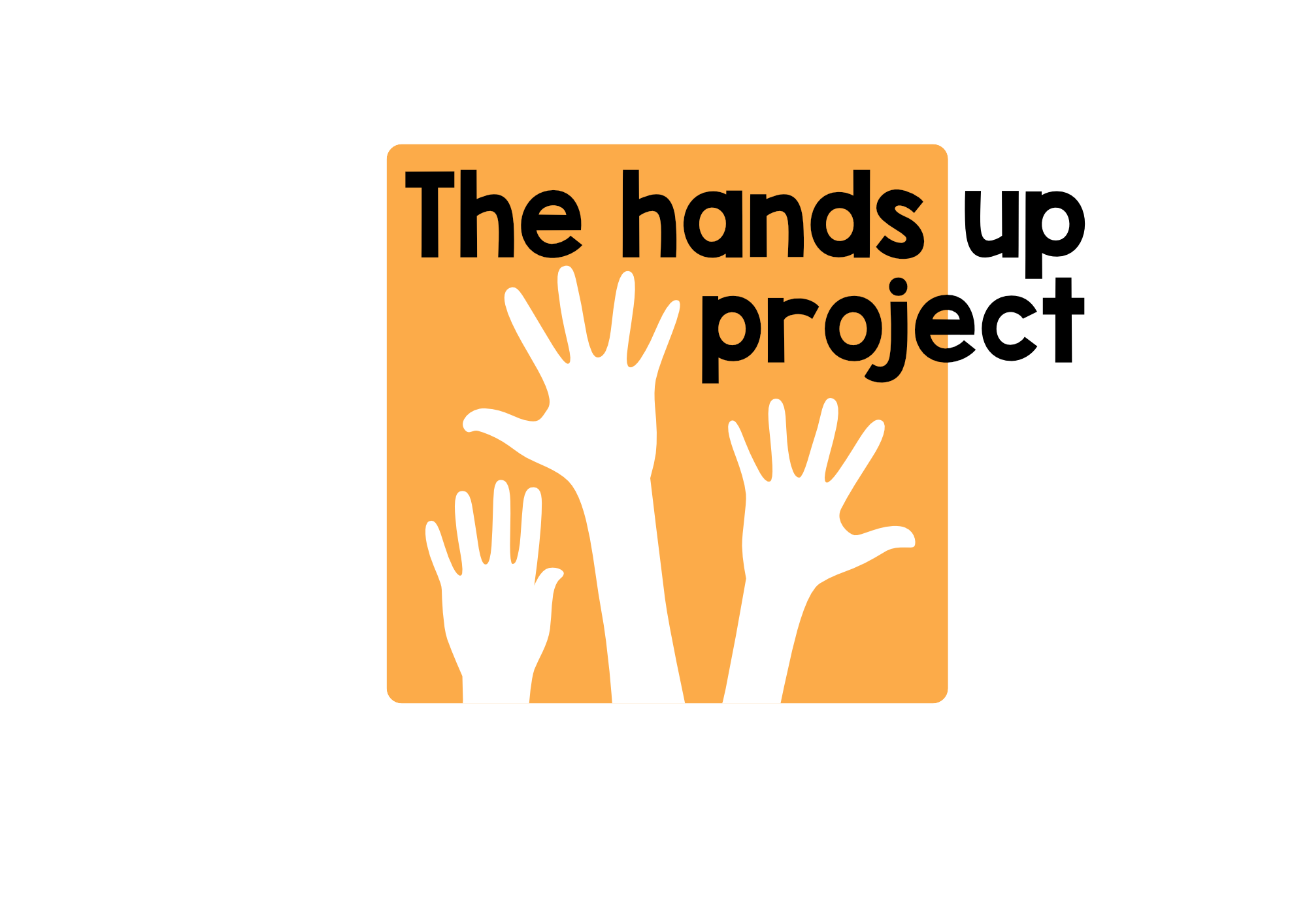And the moral of the story is....?
Jbene - Stories Alive resources
As human beings we are programmed to make sense of the world around us through stories. In some format or other, telling or listening to stories is a principle part of the way we interact with others on a daily basis. Because of this, in homes and more formal educational settings alike, stories have been used to teach things to children since the beginnings of human speech, and all of the major religions of the world have used stories and storytelling as a way to put complex ideas into a format which is simple, accessible and inherently memorable.
In many of the countries where I have worked over the past few years there seems to be a strong emphasis on discussing the moral of the story : what kind of behaviour can children learn from the message of the story? This can be powerful, but we should also remember that it’s not only the message which may be learnt through telling a story, it is also the medium itself. In terms of second language development in classrooms, stories are one of the most powerful tools at our disposal for exposing learners to natural language, and for modelling the kind of language that learners could use themselves.
Through storytelling we can help to develop learners' listening, reading, writing and speaking skills, and we can expand their vocabularies and their grammatical and phonological awareness. We can also foster their motivation to do all of these things. In short, through storytelling we can pretty much provide everything that is needed in order to learn a language. For these reasons it makes sense to put storytelling at the centre of what we do as teachers, and to organise our teaching around it
. A few days ago I received the video below from Ghader Mater, a teacher of English in an UNRWA school in Gaza. I think Ghada does a brilliant job here of telling the traditional Palestinian story of Jbene in a way which is motivating to listen to, and accessible for learners of English. I think this could be a very useful resource to either play directly to students, or as a model for teachers to follow to tell the story themselves.
This version of Jbene is in the Stories Alive book I wrote for the British Council, and also included is a set of eight pictures to go with the story, a written summary of the story that the students can try to put in order, a chant, and a readers' theatre script that the students could perform. All of these resources have now been uploaded to the resources section of this blog and can be downloaded from there.
My question for you is how would you use this material in class to create a lesson where the learners listen to the story but where they also maybe do some reading and vocabulary work, or develop some other skills? And when you tell the story would you do it without the pictures added (as in the first version above) or would you do it with the pictures (as in the second version below)? There's no right answer to any of these questions of course, but there might be a 'best' way of doing it for your learners, depending on their level, interests and needs.

